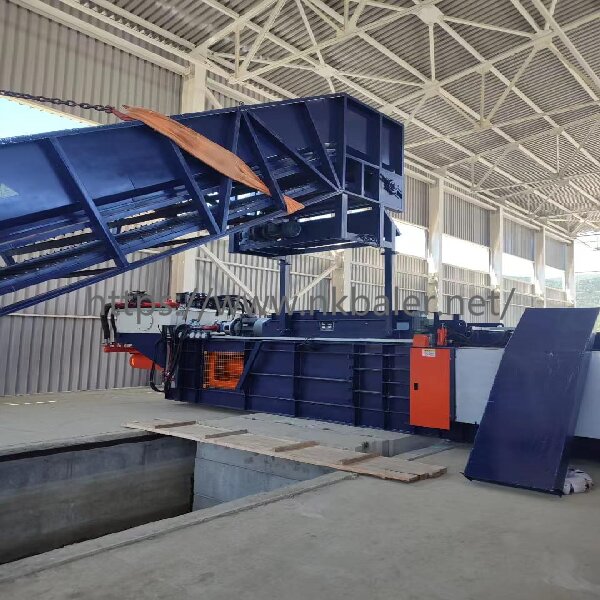Fully automatic baling machines play a crucial role in the modern packaging industry,and their efficiency and automation have brought significant benefits to enterprises.However,like any mechanical equipment,fully automatic baling machines are not immune to malfunctions.Common issues include misaligned cutting,poor adhesion,improper strap feeding,and control panel failures.These problems can affect production efficiency and may lead to a decline in product quality,making timely resolution and prevention essential.Misaligned cutting is usually caused by blade wear or improper alignment.Regular inspection and replacement of blades,ensuring they are sharp and correctly installed,can effectively prevent this issue.Poor adhesion may result from incorrect temperature control or dirty bonding surfaces.Keeping the bonding surfaces clean and adjusting the appropriate heating temperature helps improve adhesion quality.Problems with strap feeding can stem from motor failures or abnormalities in the transmission system.Checking the motor's operating status and the integrity of transmission components,and timely replacing damaged parts,ensures smooth strap feeding.Additionally,control panel failures are often due to poor electrical contacts or software issues.Regular maintenance of the electrical system and updating software versions can prevent such problems.To reduce the malfunction rate of fully automatic baler,enterprises should establish a comprehensive maintenance system,including regular inspections,cleaning,and lubrication of the equipment.Moreover,operators should receive professional training to master basic troubleshooting skills.

Through preventive maintenance and timely repairs,the service life of the equipment can be maximized,ensuring continuous and stable production.Common faults of fully automatic baling machines include misaligned cutting,poor adhesion,improper strap feeding,and control panel failures.
Email:info@nkbaler.com Nickbaler888@gmail.com
WhatsApp: 008615021631102

